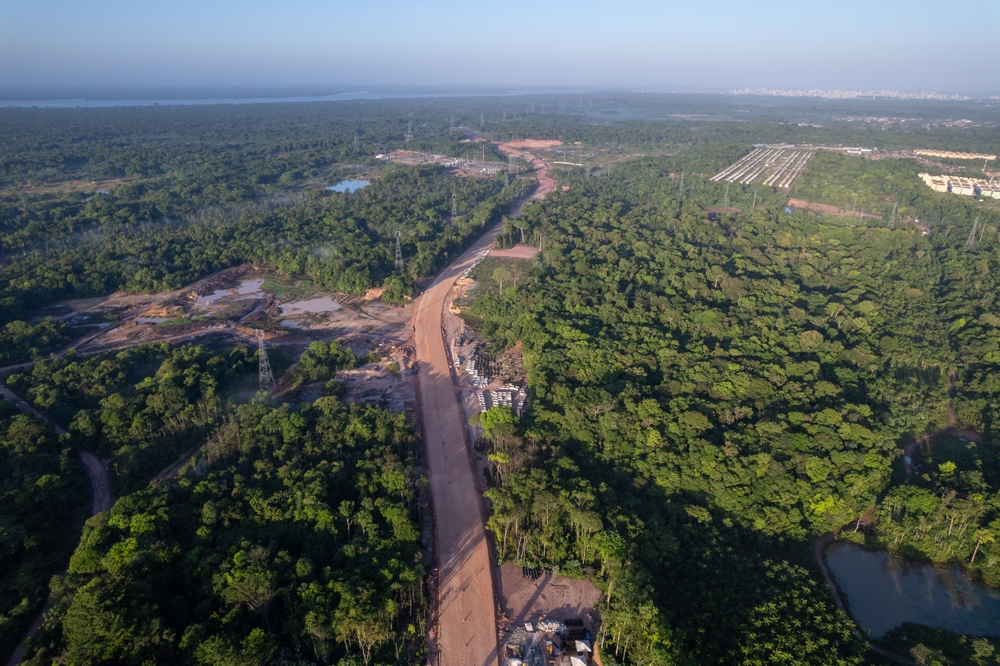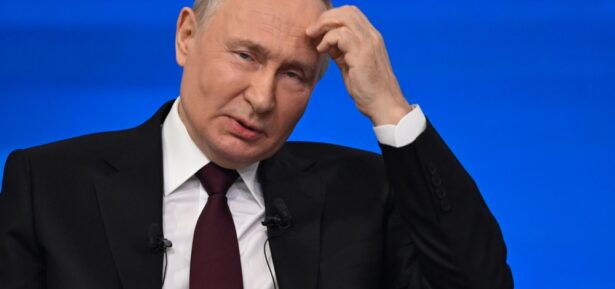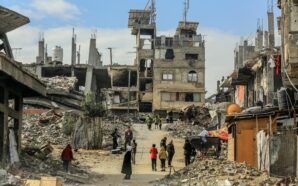
The world is reeling from the irony this week after reports confirmed that over 100,000 trees were cleared in the Amazon rainforest to make room for the COP30 climate summit — a global event dedicated to saving the planet.
In what many are calling a “green paradox,” construction crews tore through nearly eight miles of ancient rainforest to build a four-lane highway and new facilities intended to welcome 50,000 guests, including world leaders, environmental activists, and journalists.
The move has sparked a firestorm of criticism online and across political circles. Former U.S. President Donald Trump added fuel to the fire over the weekend, slamming the project on Truth Social: “They ripped the hell out of the Rainforest of Brazil to build a four-lane highway for Environmentalists to travel. It’s become a big scandal!”
While the White House has opted not to send an official delegation, several high-profile U.S. figures — including California Governor Gavin Newsom and New Mexico Governor Michelle Lujan Grisham — are attending the summit. White House spokesperson Taylor Rogers defended the decision to skip the event, saying the president “would not jeopardize national interests for vague climate promises.”
But the backlash has been swift and fierce from all sides. Climate activists, conservationists, and even skeptics have united in outrage, calling out the hypocrisy of destroying part of the “lungs of the Earth” to discuss deforestation.
Canadian environmental advocate Mike Hudema wrote on X, “You can’t be a climate leader if you’re cutting down one of the world’s greatest climate solutions to do it.” Another user summed up the sentiment bluntly: “If this is what saving the planet looks like, we’re in trouble.”
Scientists have long warned that the Amazon is dangerously close to an ecological tipping point. Studies by researchers Thomas Lovejoy and Carlos Nobre suggest that losing more than 20% of the rainforest could transform the region into a dry savanna — a shift that would release billions of tons of carbon into the atmosphere and disrupt rainfall worldwide.
The controversial highway project, first proposed over a decade ago by the government of Pará state, was resurrected this year to support the influx of summit attendees. Officials have branded the project as “sustainable,” citing features like solar-powered lighting, bicycle lanes, and wildlife crossings. But critics say these additions are a thin veneer over irreversible damage.
Adding to the irony, social media is brimming with sarcastic commentary. One viral post reads: “The UN says we’re running out of oxygen, so naturally, we cut down the Amazon to hold a climate summit. You couldn’t script this better.”
The COP30 conference, organized by the United Nations Framework Convention on Climate Change (UNFCCC), aims to accelerate global action toward keeping warming below 1.5°C — as outlined in the Paris Agreement. Ironically, this year’s meeting may now serve as a case study in how not to balance sustainability with practicality.
As the summit begins, the question hanging in the humid Amazon air is a sobering one: Can the world truly come together to protect the planet — without destroying it in the process?
-
Credit: Shutterstock Following a horrifying road accident involving Umrah pilgrims on the Mecca–Madinah highway late Sunday night, India is...
-
Credit: Shutterstock As Hurricane Melissa tore across the Atlantic, shattering records and testing the limits of modern aircraft, a...
-
Credit: Shutterstock Royal Lodge Shake-Up: Andrew and Fergie Plan Their Exit In a development that has stirred fresh waves...
-
Credit: Shutterstock Hamas Violence Sparks Fears of Peace Deal Collapse Amid Growing Power Struggle in Gaza Alarming new footage...
-
Credit: Shutterstock Muswell Hill had a lovely start to the Monday morning. Sunlight danced off the windows, the sky...
-
Credit: Shutterstock Trump’s Ironic Statements at the UN President Donald Trump shook up the United Nations General Assembly this...
-
Credit: Shutterstock Is Israel Really Our Ally? Israel’s airstrikes on Doha, Qatar, on September 9, 2025, didn’t just eliminate...
-
Credit: Shutterstock Tensions flared overnight as U.S. President Donald Trump condemned Israel’s surprise airstrikes in Qatar, which left five...
-
Credit: Shutterstock What began as a rare show of unity at the White House on Monday quickly turned into...
-
Credit: Shutterstock Granada Beach Turns Into Real-Life Thriller as Migrants Swim Ashore In a scene that left beachgoers stunned...
-
Credit: Envato Elements A 12-year-old student was pulled out of lessons and placed in isolation after choosing to celebrate...
-
Credit: Envato Elements Are We in the End Times? Two Biblical Signs That Seem to Be Coming True With...




















